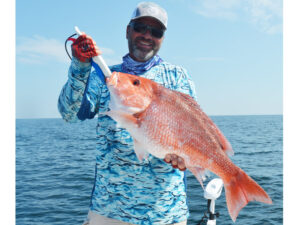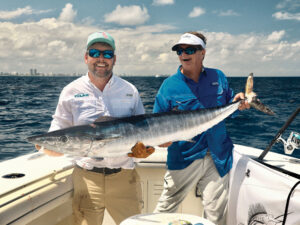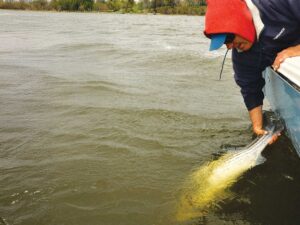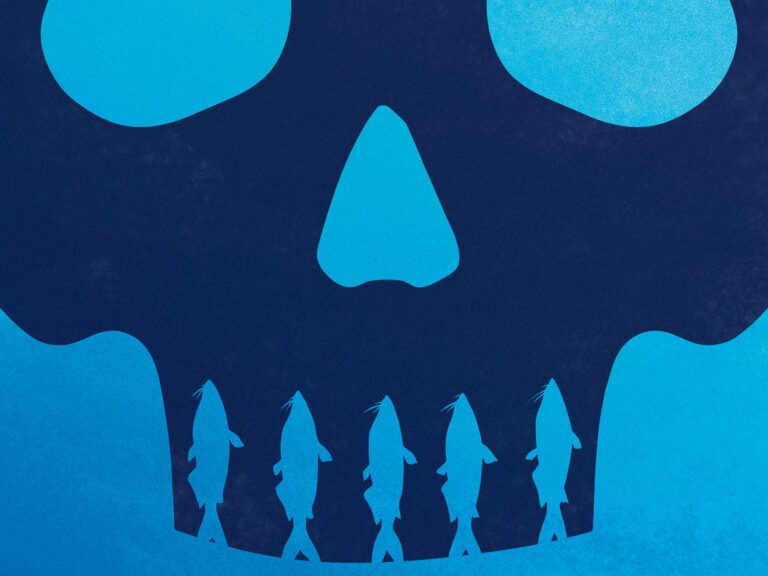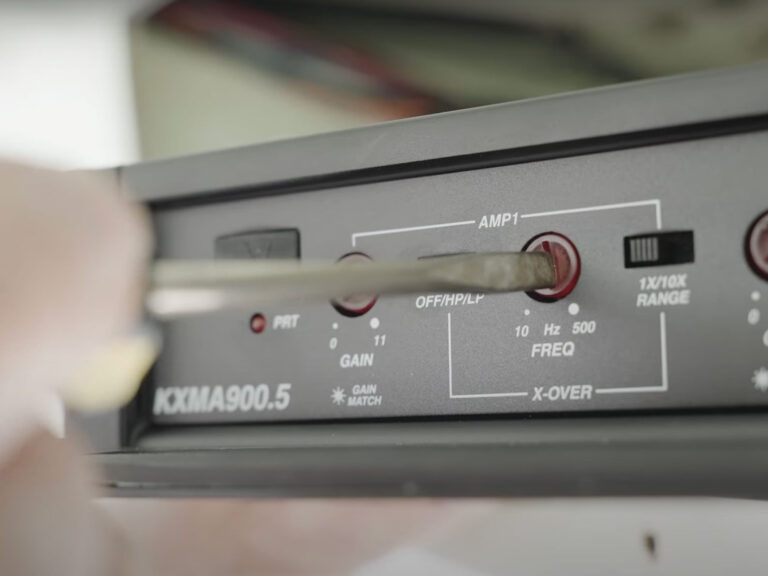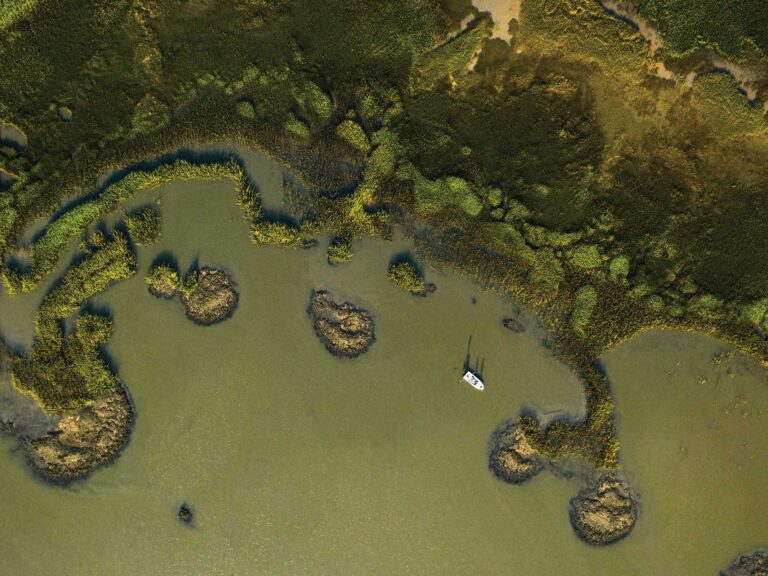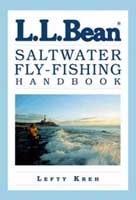
LLBean_1
Review by Steve Raymond
The Lyons Press
123 W. 18th St.
New York, NY 10011
softcover; $18.95
”The fastest-growing segment of the fascinating sport of fly-fishing is salt water,” Lefty Kreh says in this new book. Now, thanks to the combined efforts of Kreh, L.L.Bean and The Lyons Press in publishing this guide, the sport probably will grow even faster.
”One of the fascinations of this sport is that it requires mastering different techniques for different species,” Kreh writes. ”You don’t fish for snook the same way you would for striped bass. Albacore require a different technique than do bonefish.” And so on.
He explores some of these techniques in the first 10 chapters, defining various saltwater fishing environments, describing the effects of tide and temperature and covering the basics of tackle, knots, leaders, flies, casting, finding fish and retrieving the fly. All this is generic, applicable to saltwater fly-fishing anywhere. Not so in the last four chapters, which offer a list of target species confined pretty much to the East and Gulf coasts (stripers, bluefish, seatrout, bonito, albacore, redfish, bonefish, tuna, snook, permit, tarpon, barracuda and sharks).
Miscellaneous tips, including a detailed trip list, ”fly-fishing myths” and a brief discussion of conservation also are included. But there’s no mention of angling etiquette, something the author of any book intended for newcomers should address.
Color illustrations by Bill Bishop and color photos by Kreh augment the text. As you’d expect from a photographer of Kreh’s experience, the photos are of near-postcard quality. Unfortunately, the captions don’t match the high standards of the photos; many are virtually meaningless (examples: ”Beach areas can be sandy” and ”Bonito are often close to shore”).
Kreh is the acknowledged master of the technical aspects of saltwater fly-fishing, and he’s also a good teacher, offering valuable tips and suggestions from an apparently limitless fund of knowledge – things you won’t find in other books. But he’s not quite as comfortable with technical aspects of the English language; his text includes dangling phrases, split infinitives, stray prepositions and other no-nos. Yet maybe that’s appropriate for a fishing book, with important matters like knots and casting receiving higher priority than well-crafted sentences (although it would be nice to have both). In any case, Kreh always manages to get his point across effectively, if sometimes a little awkwardly.
The result is a handy and useful introduction to the mysteries and charms of saltwater fly-fishing. It’s not perfect – what book is? – but you could waste a lot of time searching for a better one.

